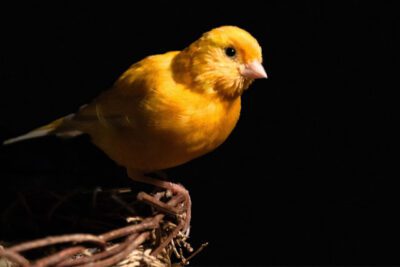

Sloth bears, also known as Melursus ursinus, are primarily insectivorous animals. In the wild, their diet consists mainly of insects, termites, fruits, vegetation, honey, and beehives. They have a unique feeding behavior that sets them apart from other bear species.
Sloth bears have a strong preference for insects and termites, which make up a significant portion of their diet. They have long, curved claws that are specially adapted for digging into termite mounds and ant nests. Sloth bears use their powerful forelimbs to tear open the mounds and extract the insects using their long, sticky tongues.
This feeding behavior is facilitated by their long, shaggy fur, which protects them from the bites and stings of the insects. Sloth bears have a keen sense of smell, allowing them to locate termite mounds and ant nests from a distance.
In addition to insects, sloth bears also consume a variety of fruits and vegetation. They have a broad diet that includes berries, nuts, roots, tubers, and leaves. Sloth bears are known to feed on a wide range of plant species, depending on the availability and seasonality of food sources.
They have a strong jaw and powerful teeth that enable them to chew and process plant material. Sloth bears are capable of climbing trees to access fruits and leaves, although they are not as adept at climbing as other bear species.
Sloth bears have a unique adaptation that allows them to feed on honey and beehives. They are known for their ability to locate beehives and extract honey using their long tongues. Sloth bears are not deterred by the stings of bees and can withstand multiple stings while feeding on honey.
This behavior is facilitated by their thick, shaggy fur, which provides protection against bee stings. Sloth bears are often seen breaking open beehives and consuming both the honey and the bee larvae.
Sloth bears are opportunistic feeders and will take advantage of any available food source. They have been observed scavenging on carrion and feeding on small mammals, such as rodents and birds. Sloth bears have also been known to raid crops and feed on agricultural produce, such as sugarcane and maize.
This opportunistic feeding behavior allows sloth bears to adapt to different environments and survive in a variety of habitats. However, it can also lead to conflicts with humans, as they may raid crops and cause damage to agricultural fields.
Human interaction has had a significant impact on the diet of sloth bears. Deforestation and habitat loss have reduced the availability of natural food sources, forcing sloth bears to adapt their feeding habits. As their natural habitat is encroached upon by human activities, sloth bears are increasingly coming into contact with human settlements and agricultural areas.
This has led to changes in their diet, as they are forced to rely more on human-provided food sources. Sloth bears may scavenge on garbage dumps or raid crops in search of food. These changes in diet can have negative consequences for both the bears and the humans they come into contact with.
Conservation efforts are crucial for the protection of sloth bears and their natural food sources. By preserving their habitat and ensuring the availability of natural food sources, we can help maintain the balance of their diet and prevent conflicts with humans.
Efforts are being made to create protected areas and wildlife corridors to allow sloth bears to move freely and access their natural food sources. Additionally, education and awareness programs are being implemented to promote coexistence between humans and sloth bears, reducing the need for bears to rely on human-provided food.
By understanding the natural diet of sloth bears and the impact of human activities on their feeding habits, we can work towards ensuring the long-term survival of this unique and fascinating species.
Leave a Reply
Related posts